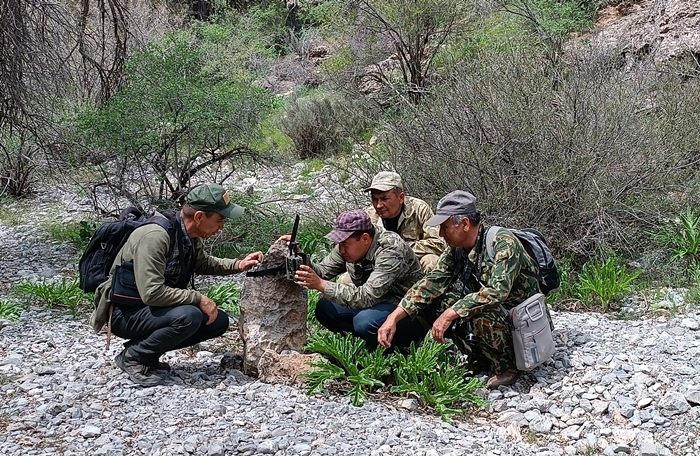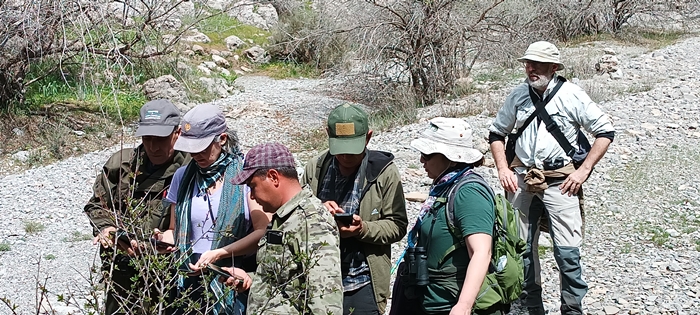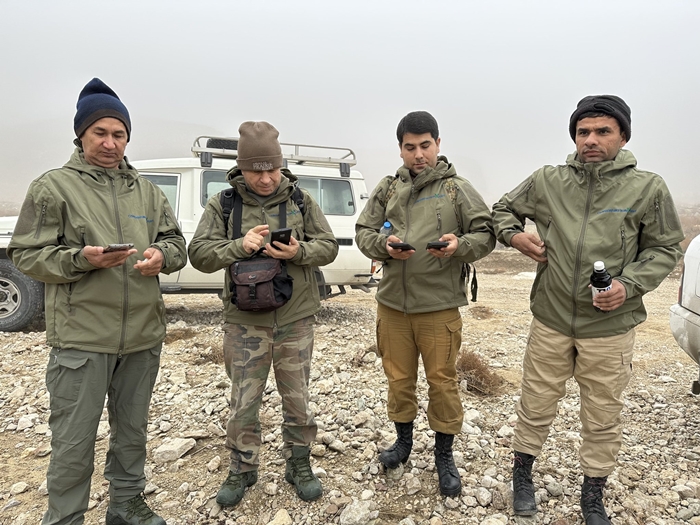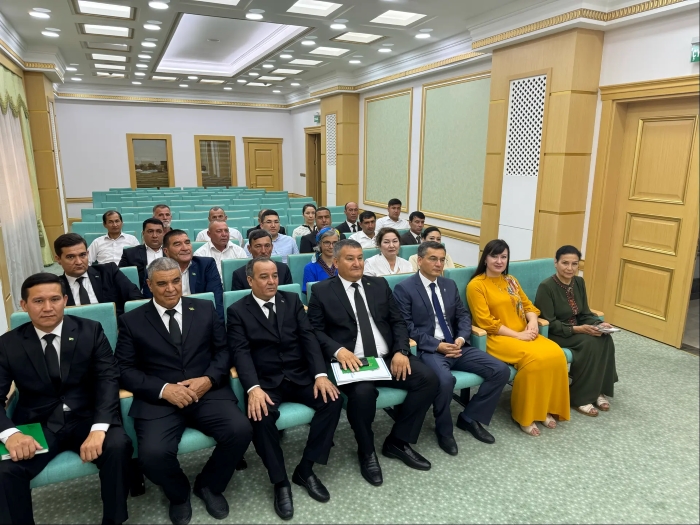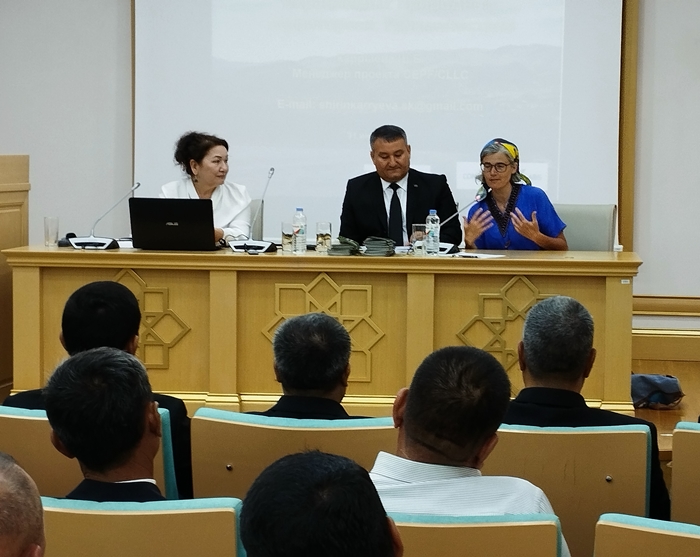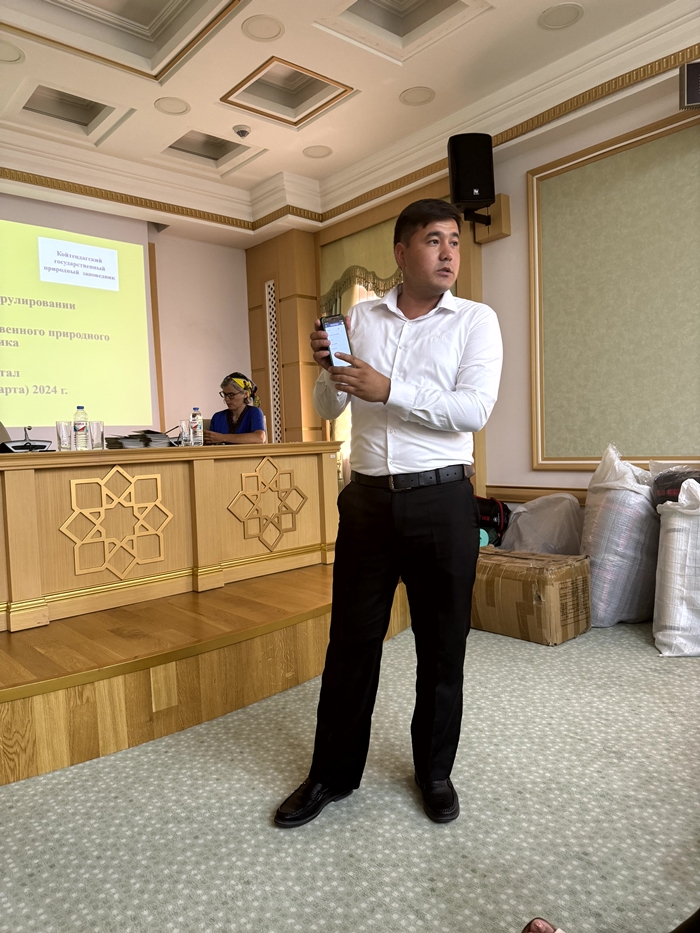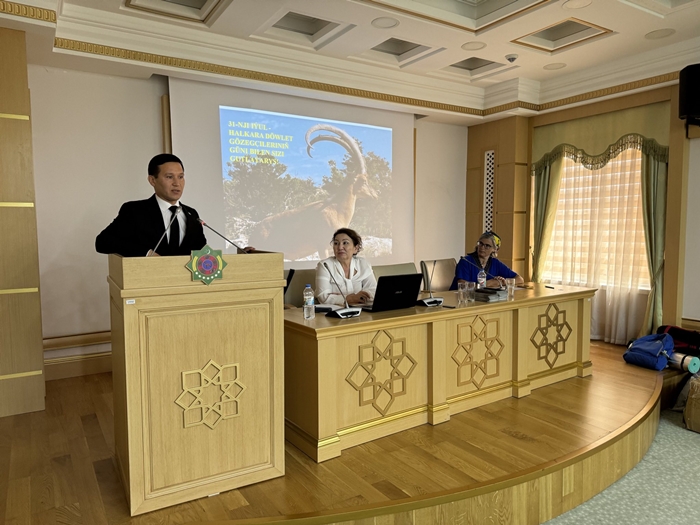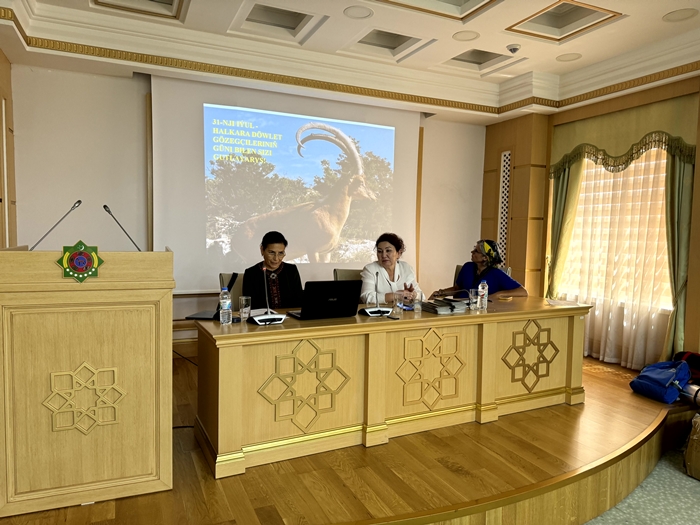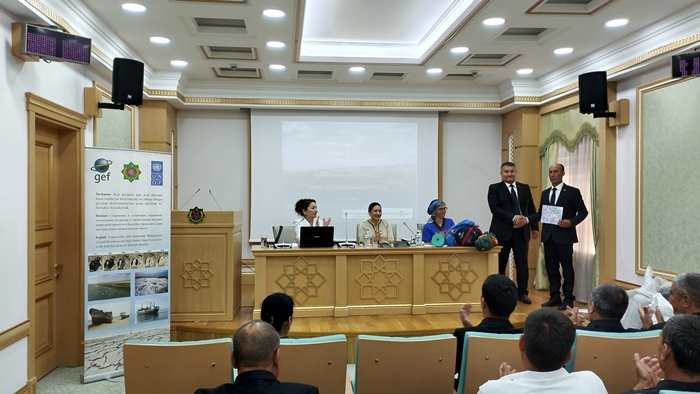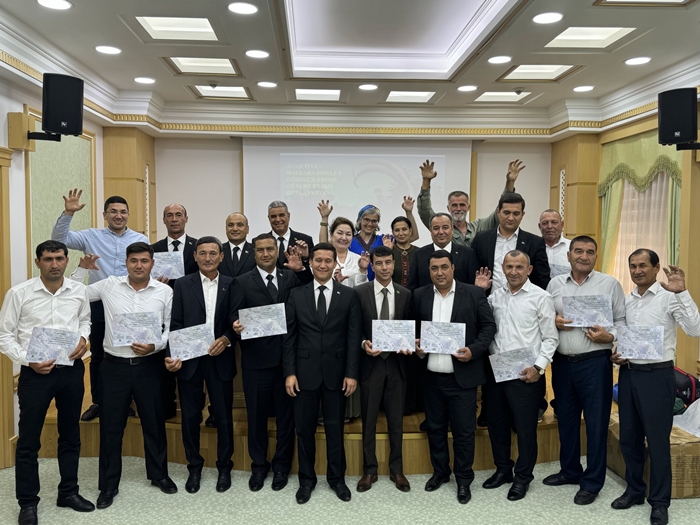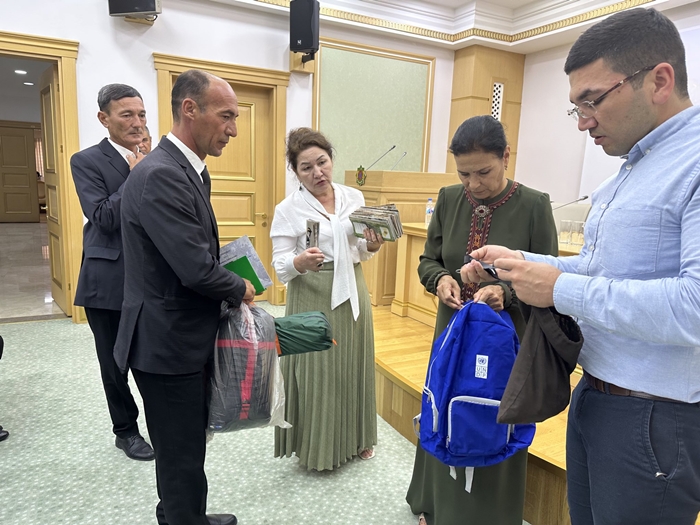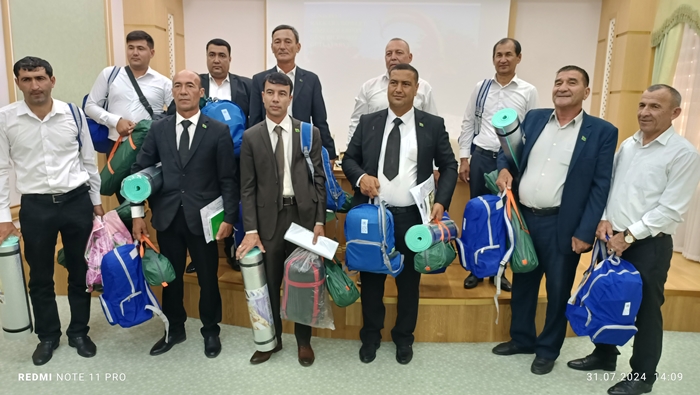Shirin Karryeva, CLLC and CXL Project Manager
Every 31 July, the world comes together to celebrate World Ranger Day, a tribute to the brave men and women who dedicate their lives to protecting the most vulnerable natural and cultural values of our planet. This day serves as a stark reminder of the vital role that rangers/inspectors of parks and reserves play in conservation efforts worldwide, often facing extraordinary dangers in the line of duty.
The journey to establishing World Ranger Day began in 2004 when filmmaker Sean Willmore, a former park ranger turned filmmaker, embarked on a mission to shed light on the challenges faced by rangers globally. His groundbreaking documentary, The Thin Green Line, released in 2007, ignited a movement that led to the formation of the Thin Green Line Foundation.
Partnering with the International Ranger Federation (IRF), founded in 1992, the first World Ranger Day was observed in 2007, marking the IRF’s 15th anniversary. Since then, the day has grown in significance, shining a spotlight on the critical work of rangers and honoring those who have made the ultimate sacrifice.
Statistics show that over the past decade, more than 1,000 rangers have died in the line of duty globally. These brave people face numerous threats on a daily basis:
• Facing armed poachers
• Dangerous wildlife
• Extreme weather conditions
• Accidents in remote and rugged areas
World Ranger Day serves as a stark reminder of these risks and the need for better support and protection for rangers around the world. As humanity faces growing environmental challenges, the role of rangers is becoming increasingly important. World Ranger Day not only honors current rangers, but also inspires the next generation of conservation leaders. By raising awareness and supporting the work of rangers, we are investing in the future of our planet’s natural and cultural heritage.
On 31 July, the Ministry of Environmental Protection hosted a roundtable discussion at the Hydrometeorology Service to commemorate World Ranger Day. The event aimed to recognize the vital work of environmental inspectors and raise public awareness about conservation efforts. Distinguished inspectors from each state reserve and staff from the Balkan Province Environmental Protection Department gathered for the occasion.
R.T. Nuryev, Head of the Department for the Protection of Flora and Fauna from the Ministry of Environmental Protection of Turkmenistan, Tatyana Rosen, Director of the Central Asian Program Conservation X Labs (CXL), and S.B. Karryeva, Project Manager of Conservation X Labs and CLLC, delivered congratulatory remarks and welcomed attendees.
Participants shared insights into ongoing conservation work. S.B. Choliev, Deputy Director of the Koitendag State Nature Reserve, showcased the reserve’s adoption of new inspection technologies using smartphones.
The reserve began utilizing SMART, a Spatial Monitoring and Reporting Tool, in 2022 as part of a project and a Memorandum of Understanding concluded by the Ministry of Environmental Protection with the Center for the Conservation of Large Landscapes (CLLC).
T. Nazarov, head of the Environmental Protection Department’s Laboratory in Balkan province, followed with a presentation on the successful implementation of SMART inspections in the Bolshoy and Maly Balkhan mountains and the Ustyurt Plateau. Nazarov also announced plans to establish a new state reserve and sanctuaries in the province by 2025.
The speakers noted that inspectors carry out regular SMART inspections of territories using smartphones with a special SMART app downloaded. All data on violations of environmental legislation are recorded on smartphones, then they are processed and analyzed. Rangers across Turkmenistan are adopting this technology to monitor their territories, with quarterly reports submitted to the Ministry of Environmental Protection to inform enforcement actions. There are plans to expand SMART use to all state reserves.
Potaeva A.G., Head of the Science Department at Kopetdag State Nature Reserve, discussed the reserve’s efforts to combat environmental violations and engage local communities in the Central Kopetdag mountains.
The roundtable was co-hosted with representatives of the “Main Corridors for Central Asian Cats” regional program, funded by Conservation X Labs (CXL). Recently launched in Kazakhstan, Kyrgyzstan, and Turkmenistan, the program aims to bolster national conservation efforts for snow leopards and Central Asian leopards.
The program involves collaborative research, monitoring, and conservation efforts focused on the Central Asian leopard and its prey (bezoar goat, urial) within the Balkhan mountain range and Ustyurt Plateau. Camera trap data has confirmed the leopard’s presence in this mountainous habitat and its migration northward through Garabogaz-Ustyurt into Kazakhstan in search of prey.
With CXL’s support, the Balkan Velayat Environmental Protection Department and other leopard reserves have received additional field equipment, supplies, and uniforms to aid their conservation work.
A Memorandum of Understanding with Conservation X Labs (CXL) is currently under development. The memorandum will further strengthen international cooperation for the protection of biodiversity, in particular, with the aim of improving the protected status of Central Asian leopards and other wild cats in Turkmenistan. In the future, the CXL organization will also assist in the search for potential partners and donors to implement programs that meet the goals and objectives of both Sides of the Memorandum.
To stimulate the work of the inspectors, all participants received Certificates and valuable gifts provided by the CXL and UNDP/GEF projects “Conservation and Sustainable Management of Land Resources and High Nature Value Ecosystems in the Aral Sea Basin for Multiple Benefits” (the Aral project). The gift set includes tents, field sleeping bags, mats, headlamps, backpacks, T-shirts, caps, etc., so necessary in the field. ///nCa, 1 August 2024
